Three Questions to Consider During Open Enrollment
Open enrollment is your annual opportunity to review your employer-provided benefit options and make elections for the upcoming plan year. You can get the most out of what your employer offers and possibly save some money by taking the time to read through your open enrollment information before making any benefit decisions. Every employer has its own open enrollment period (typically in the fall) and the information is usually available online through your employer.
WHAT ARE YOUR HEALTH PLAN OPTIONS?
Even if you're satisfied with your current health plan, it's a good idea to compare your existing coverage to other plans being offered next year. Premiums, out-of-pocket costs, and benefits often change from one year to the next and vary among plans. You may decide to keep the plan you already have, but it doesn't hurt to consider your options.
SHOULD YOU CONTRIBUTE TO A FLEXIBLE SPENDING ACCOUNT?
You can help offset your health-care costs by contributing pre-tax dollars to a health flexible spending account (FSA), or reduce your child-care expenses by contributing to a dependent-care FSA. The money you contribute is not subject to federal income and Social Security taxes (nor generally to state and local income taxes), and you can use these tax-free dollars to pay for health-care costs not covered by insurance or for dependent-care expenses. Typically, FSAs are subject to the use-it-or-lose-it rule, which requires you to spend everything in your FSA account within a calendar year or risk losing the money. Some employers allow certain amounts to be carried over to the following plan year or offer a grace period that allows you to spend the money during the first few months of the following plan year.
Tip: As a result of unanticipated changes in the need for medical and dependent care due to the coronavirus pandemic, the IRS announced it will allow employers to amend their employer-sponsored health coverage, health FSAs, and dependent-care assistance programs and allow employees to make certain mid-year changes for 2020. The carryover limit for unused 2020 FSA dollars is now $550 instead of $500. For more information, visit irs.gov.
WHAT OTHER BENEFITS AND INCENTIVES ARE AVAILABLE?
Many employers offer other voluntary benefits such as dental care, vision coverage, disability insurance, life insurance, and long-term care insurance. Even if your employer doesn't contribute toward the premium cost, you may be able to pay premiums conveniently via payroll deduction. To help avoid missing out on savings opportunities, find out whether your employer offers other discounts or incentives. Common options are discounts on health-related products and services such as gym equipment and eyeglasses, or wellness incentives such as a monetary reward for completing a health assessment.












